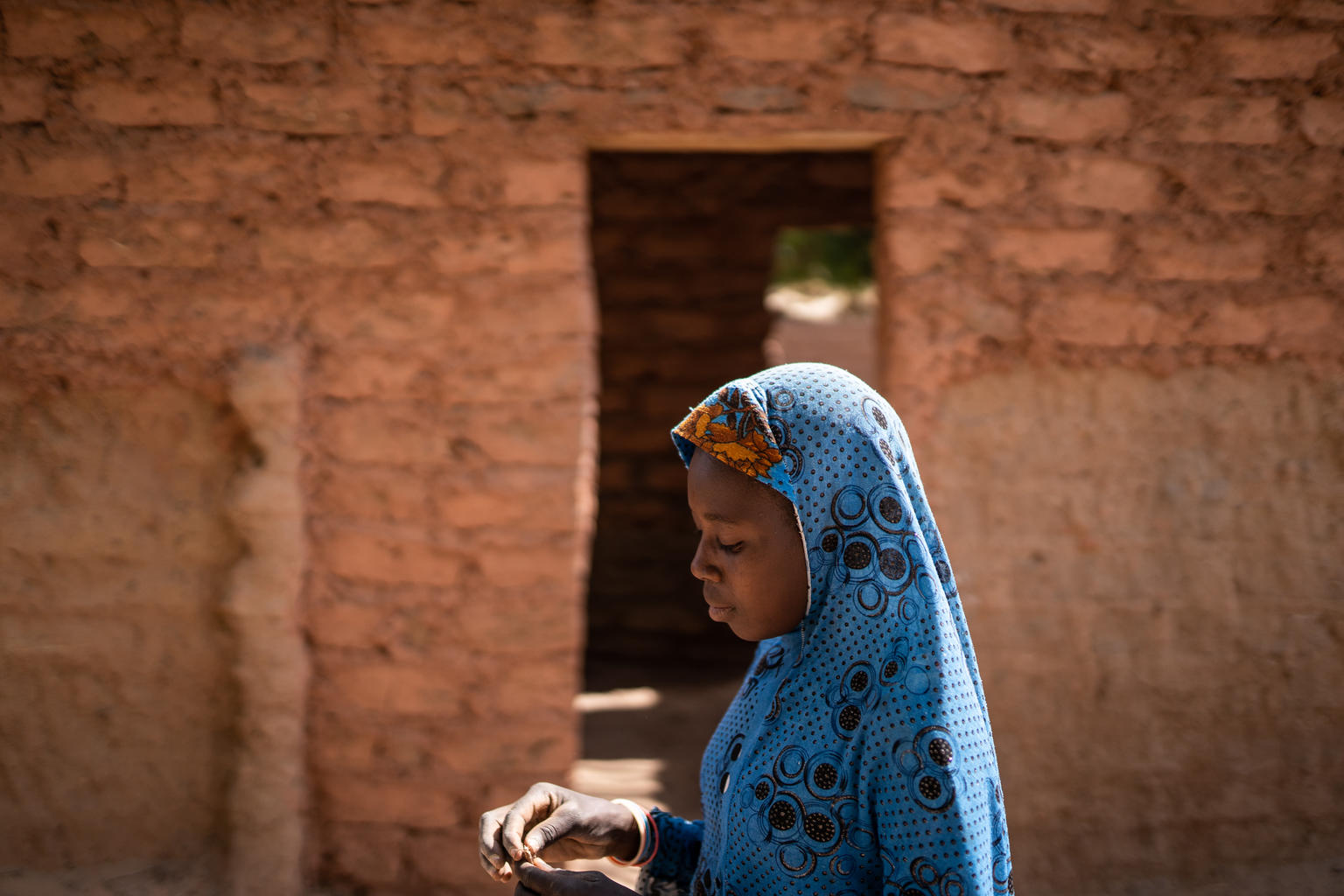
An estimated 640 million girls and women alive today were married in childhood, of which 12 million were married in 2022.
UNICEF has released the latest estimates of child marriages around the world, shedding light on the latest trends, progress and future prospects to end the practice.
Child marriage is a complex form of violence against children. It is driven by a web of interrelated factors including economic need, displacement, and gender norms. It is a human rights issue that infringes upon other rights – often robbing children of education, development and liberty. It is also an enabler of other forms of violence, especially gender-based violence. It increases other risks such as domestic violence, early pregnancy and abuse.
The latest research finds that progress to end child marriage has been uneven around the world – gains have not been equitable, often leaving the most vulnerable girls behind.
Here are some key trends from the UNICEF report:
- About half of the world’s child brides live in South Asia (45 per cent), with - India alone counting for one-third of the world’s child brides, followed by sub-Saharan Africa (20 per cent), East Asia and the Pacific (15 per cent) and Latin America and the Caribbean (9 per cent).
- COVID-19 has threatened to reverse progress, with an estimated 10 million additional child brides married due to the effects of the pandemic alone.
- In the past 25 years, 68 million child marriages have been averted. Global progress has been driven predominantly by a decline in India, though this country is still home to the largest number of child brides worldwide.
- Despite these gains, the rate of decline in the level of child marriage is not fast enough to reach the SDG target of eliminating the practice by 2030. Progress would need to be nearly 20 times faster to reach the target of ending child marriage by 2030.
Read the full report here: Is an end to child marriage within reach?
Image: © UNICEF:UNI324112:Haro